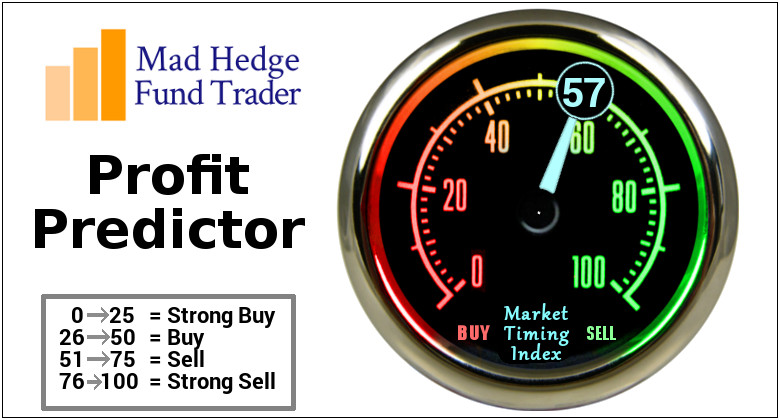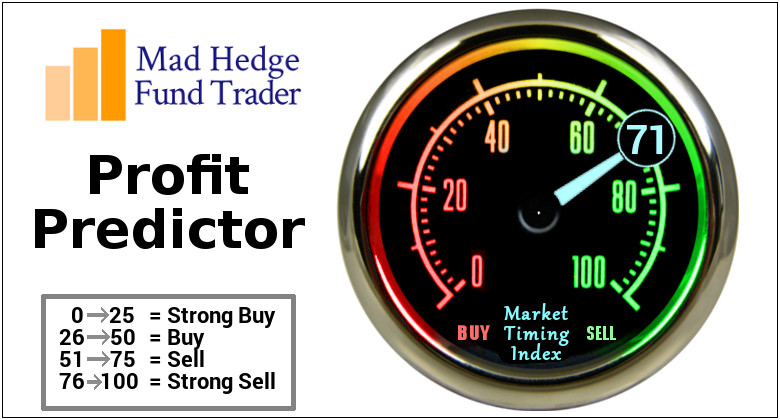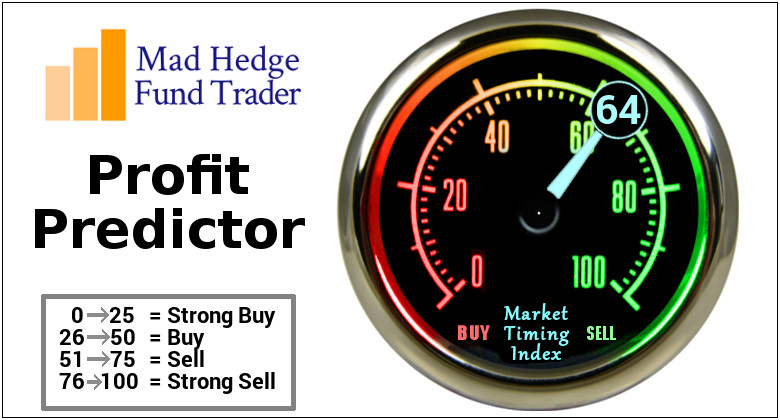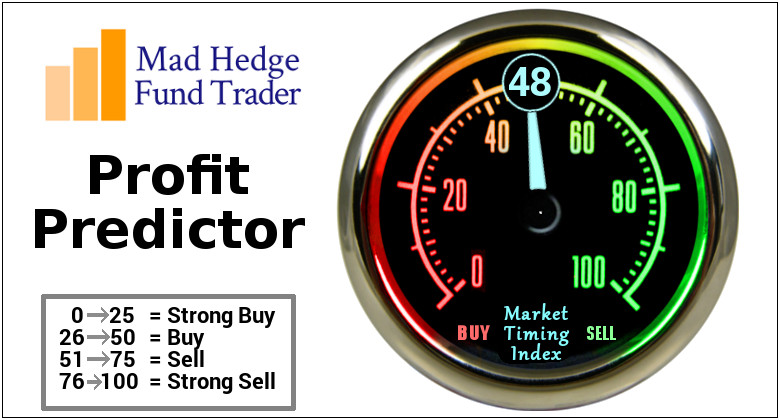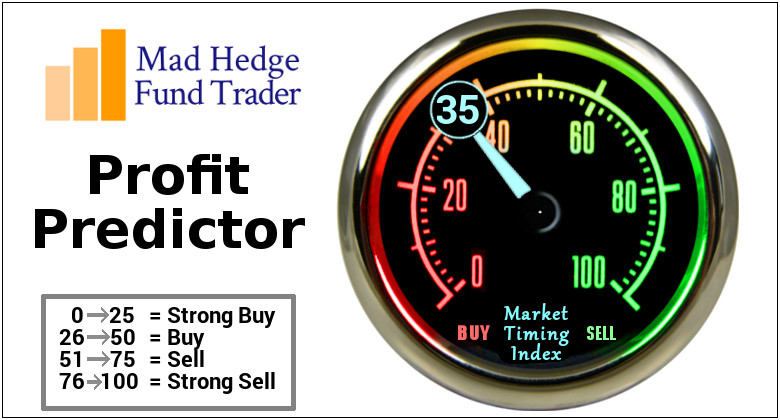Each generation grows up in its own unique environment.
Childhood experiences differ more and more as the world rapidly changes because of hyper-accelerating technology.
Millennials are usually defined as children born between 1981 to 1996.
They were the last generation to grow up outside breathing crisp, fresh air and meandering around the neighborhood with their friends looking for excitement.
Generation Z is the first generation in America generally raised indoors because of their overwhelming preference and broad-based addiction to technology.
Social media stocks have been a huge winner from this new paradigm shift in the behavior of young adults.
Instead of running around the block in packs, children are laser focused on these platforms communicating with the entire world and propping up their social lives.
Children meet a lot less than they used to and convening on a social media platform of choice has become the new normal.
Platforms such as Twitter (TWTR), Instagram and Snapchat (SNAP) have convincingly won over these new eyeballs even so much so that the new "going out" is congregating on Snapchat with a group of friends.
Facebook (FB) is now considered a legacy social media platform full of millennials and the older crowd.
Generation Z do not fancy drugs or drinking like the youth before them, rather, their panacea is video games and a lot of them.
These new societal trends will hugely affect your portfolio going forward.
A battle royal game is a video game category mixing the survival, exploration and scavenging elements together with last-man-standing gameplay.
These types of games predominantly contain 100 players sharing the same experience on a broadband connection.
This genre has been all the rage with PlayerUnknown's Battlegrounds (PUBG) piling up 400 million gamers across the globe selling 50 million copies of the game.
Of the 400 million gamers, 88% access the game via mobile devices highlighting the vigorous shift to mobile for younger generations.
PUBG made more than $700 million in sales in 2017.
The rise of the billion-dollar video games is alive and well.
In fact, Activision Blizzard (ATVI) stakes claim to eight gaming franchises commanding more than $1 billion in annual revenue with titles such as Overwatch, Candy Crush, and Call of Duty.
The popularity of video games will drive GPU manufacturers Nvidia (NVDA) and AMD (AMD) to new heights because gamers require high-quality GPUs to effectively game.
Nvidia CEO Jensen Huang even spouted that "the success of Fortnite and PUBG are just beyond comprehension" boosting GPU sales and capturing the imagination of global youth.
Fortnite, a "Hunger Games" style battle royal video game mirroring PUBG, has taken the world by storm in 2018.
This cultural juggernaut surpassed the 125 million gamer mark in just one year.
In February 2018, Epic Games, the maker of Fortnite, earned $126 million in one month, and it was the first time it passed PUBG in monthly sales.
In April 2018, it followed up monster February numbers by pulling in $296 million.
The growth trajectory is parabolic. Hold onto your hats.
Fortnite sparkles in the sunlight because its free-to-play model does not exclude anyone and is available on all devices.
At first, Fortnite was available for iOS customers and Samsung Android holders because it inked an exclusive deal with Samsung.
This week is the first week Epic Games is rolling out Fortnite to non-Samsung Android users with an interesting caveat.
The Android version of Fortnite bypasses Google Play (Google's app store on Android) preferring to sell the game direct for download from its official website.
This highlights that content is truly king.
Epic Games is betting the surge in popularity for its juggernaut game will sell itself.
This decision will cost Alphabet (GOOGL) $70 million per year in commission.
Apple makes it mandatory that any app downloaded to its devices must be downloaded from Apple's app store.
However, Android doesn't have the same requirements as its system is more functional, open, and a developer's dream.
Simply put, there are ways to download the game on Android without ever touching Google Play.
Going forward this could have a similar effect Spotify (SPOT) had on Wall Street on its IPO.
The middlemen or broker app could get bypassed in favor of direct sales.
Apple pockets commission on 30% of all in-app spending raking in around $60 million from Fortnite.
In-game add-on revenue is how Fortnite makes money from this free-to-play game.
The bulk of spending comes in the form of costumes better known as skins, where players pay to dress up their character in various garments selected for purchase.
The other revenue stream is a season subscription on sale for $10.
The tech sector has been migrating to subscription-based offerings and video games are no different.
This could play havoc with Alphabet's Google Play and Apple's app store down the line if prominent content producers choose to bypass their stores to sell directly.
The lack of video game exposure to the FANG group is mind-boggling. It seems they have their finger on the pulse of every other major trend in technology but have missed out on this one.
Microsoft (MSFT) is the closest FANG-like stock deep inside the video game ecosphere by way of its famous console Xbox.
In fact, Microsoft earns more than $10 billion per year from its gaming segment surpassing Nintendo at $9.7 billion per year.
This doesn't eclipse Sony's gaming revenue, which is $17 billion per year, but the 36% YOY growth in Xbox-related revenue signals its intent in the gaming industry that plays second fiddle to its cloud and software businesses.
Gaming is just a side business for Microsoft right now.
Ironically, Tencent has a 40% stake in Epic Games and is patiently waiting for government approval to sell Fortnite in China, which could be painstakingly arduous.
If Tencent gets the green light, Fortnite could develop into a monster business in 2018, and this is just the beginning.
Regrettably, Tencent has been mired in regulatory issues with the communist government reluctant to approve selling in-game products, which usually make up the bulk of revenue.
Recent blockbuster hit "Monster Hunter: World" was blocked by censors after debuting to great fanfare on August 8, 2018.
This title was expected to be one of the most popular video games of 2018.
Chinese state censors are on a short-term crusade to block the video game industry from receiving critical licenses and is the main reason for Tencent shares' headwinds.
Tencent shares peaked in January and are down almost 15% in 2018 because of uncertain gaming revenues.
Investors need to wake up and understand the gaming industry is about to mushroom because of demographics and the migration away from outdoor activity.
Following generations will have an even stronger bias toward technology-based indoor entertainment.
We are entering into the unknown of $4 billion per year video game businesses based on just one title and not one company.
Fortnite made PUBG's $700 million in revenue last year look paltry.
Gamers will soon see the rise of a $5 billion game franchise in 2019 and the sky is the limit.
This industry has growth, growth, and more growth and these single titles could surpass revenue of large semiconductor or hardware companies.
Don't underestimate the power of your child gaming away in your basement, he or she is part and parcel of a wicked tech growth driver about which not many people know.
Unfortunately, Epic Games is not a public company and shares cannot be purchased, but the success of Fortnite means that investors must pay heed to these new developments.
I am highly bullish on the video game sector and a big proponent of Activision (ATVI). A secondary name would be EA Sports (EA), which curates the Madden and FIFA franchises.
ATVI has felt the Fortnite effect in its share price selling off 11% because of investors' nervousness of Fortnite siphoning off ATVI gamers.
This short-term drop is a nice entry point into a solid video gaming company with various successful franchises that have withstood the test of time.
The 200-day moving average has provided ironclad support on the way up, and the Fortnite phenomenon won't last forever.
I would avoid the video game ETF ticker symbol GAMR because it includes one of my bona fide shorts - GameStop (GME).
It's mainly comprised of American, Japanese, and a Korean name but it would be sensible to focus on the companies with the highest quality comprehensive content.
The ETFs recent drop is also due to the strength of Fortnite.
________________________________________________________________________________________________
Quote of the Day
"Companies in every industry need to assume that a software revolution is coming." - said Silicon Valley venture capitalist Marc Andreessen.






